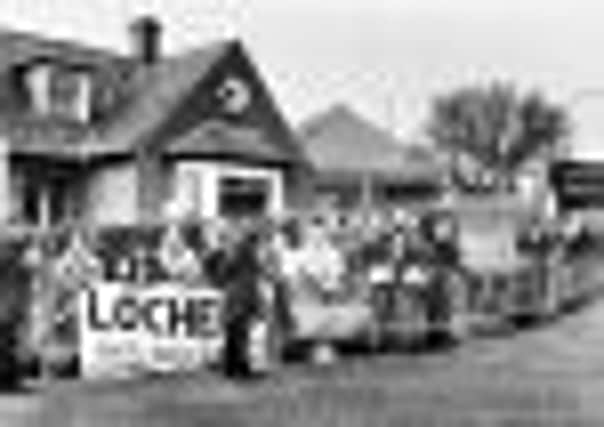Margaret Thatcher: Poll tax was beginning of the end


The poll tax, as it quickly became known, would contribute to her downfall as prime minister. At the time, with the Conservatives holding just ten out of 72 seats north of the Border, the decision to introduce it a year early north of the Border was seen as Scots being used as a testing ground for a deeply unpopular policy.
However, Mrs Thatcher had not wanted to introduce the poll tax in Scotland before England, but was strongly lobbied by the then Scottish secretary George Younger to introduce it early to avoid an expensive review of the old rates, which the government was legally obliged to do.
Advertisement
Hide AdAdvertisement
Hide AdThe name poll tax was given to the levy because the electoral role was used to identify payers. It meant that many people dropped off the voting register to avoid the tax. It was also the name for a tax levied by Richard II in England, which led to the peasant’s revolt and almost to the end of his monarchy.
The principle of the community charge was that every adult should pay a contribution towards the local services they used. It was an attempt to move from property taxes to ones based on individuals but did not take into account income levels.
This meant social groups that had not been expected to pay rates were faced with large poll tax bills which they could not pay.
The government began to make exemptions for different groups, such as students, as they were faced with increased protests. It also meant that households with multiple adults were receiving bills for each individual.
One of the effects of the protests against it was the fortification of Downing Street, when the gates which are up now were erected to protect it from protesters, at the time breaking the law on a public right of way.